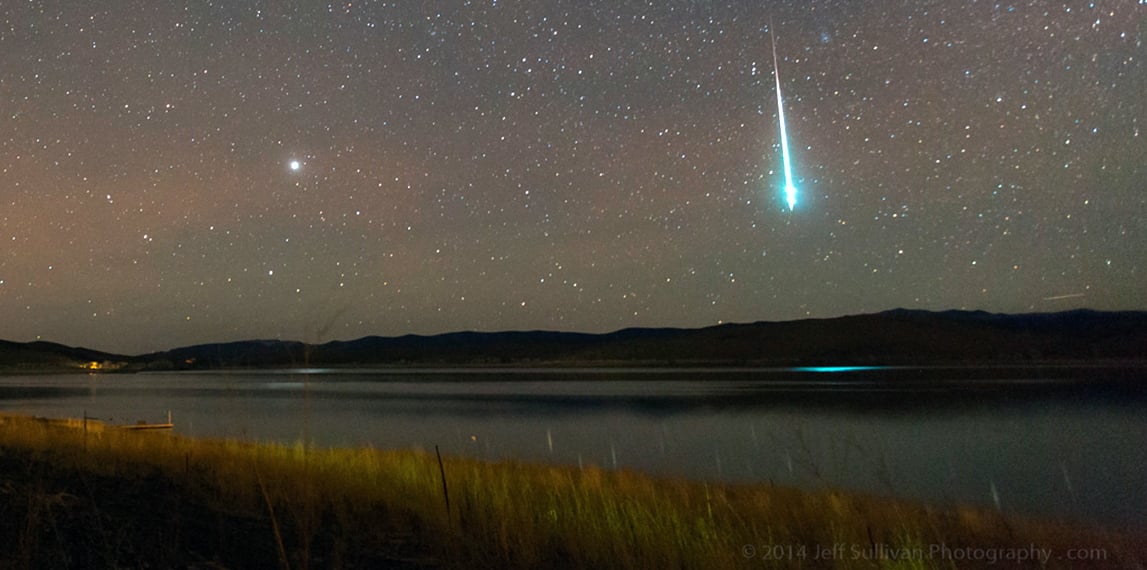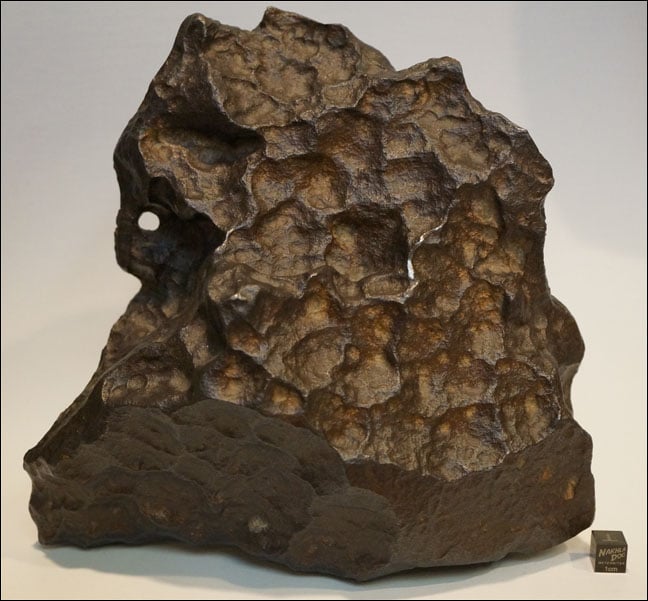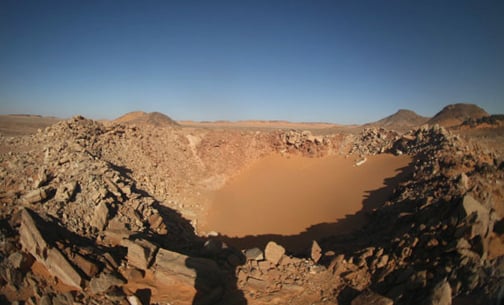JohnnyRocket
·The beauty of the Meteorite face is you really get the Coolness benefit of truly having a Space Connection billions of years in the making. The etched pattern
On the iron meteorite is unique to that particular sample. A cosmic fingerprint
If you will. You have the pedigree of the Moon Watch combined with a sample
From deep space. Who knows where your watch face has been...and what it’s
“Seen”. I’ve collected Meteorites for about a decade...and I never tire of viewing
A sample with a great etch. Kind of like snow flakes ...never quite 2 alike.
The Grey side may yet land into my collection. Hmmm....
On the iron meteorite is unique to that particular sample. A cosmic fingerprint
If you will. You have the pedigree of the Moon Watch combined with a sample
From deep space. Who knows where your watch face has been...and what it’s
“Seen”. I’ve collected Meteorites for about a decade...and I never tire of viewing
A sample with a great etch. Kind of like snow flakes ...never quite 2 alike.
The Grey side may yet land into my collection. Hmmm....


